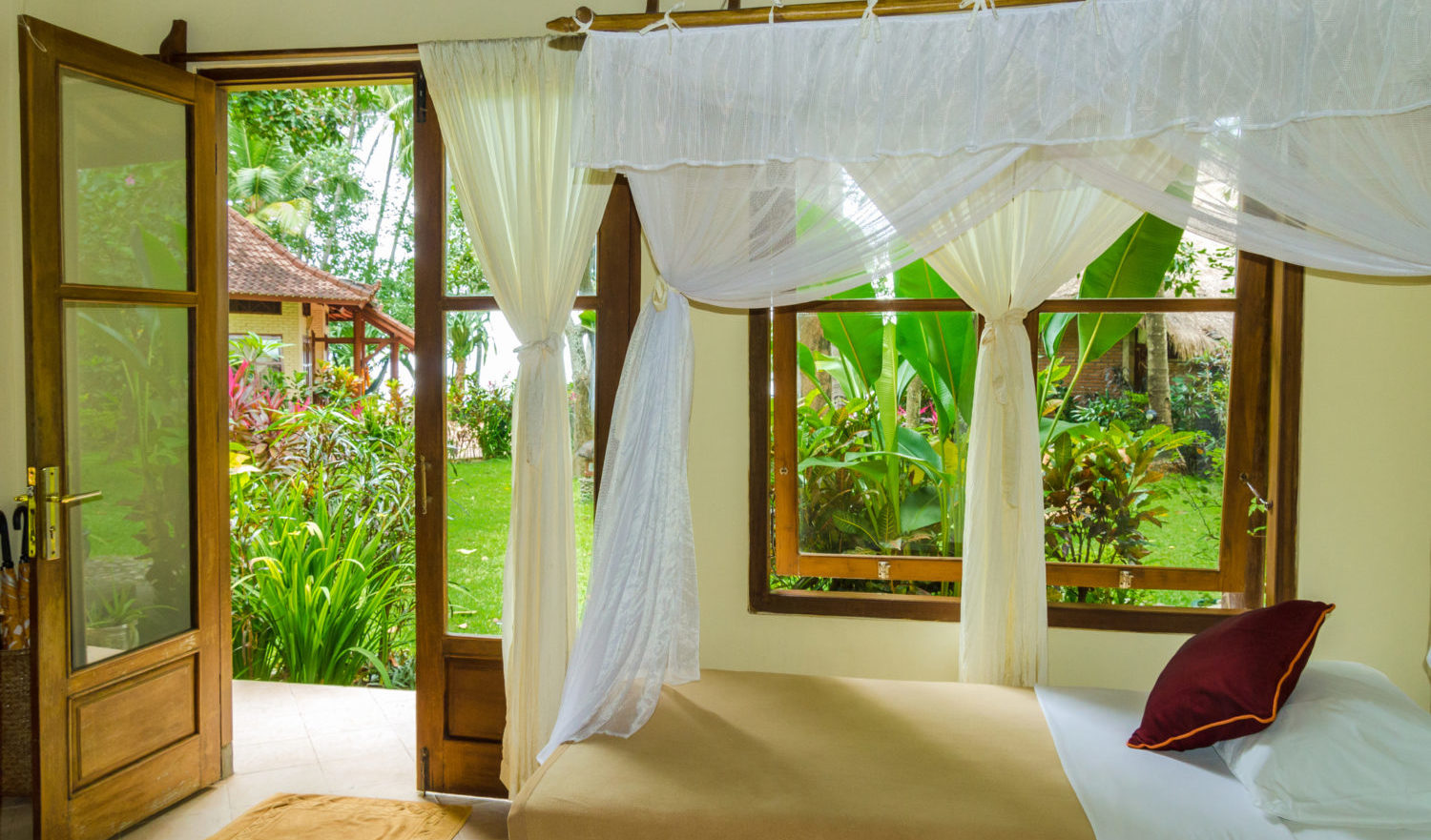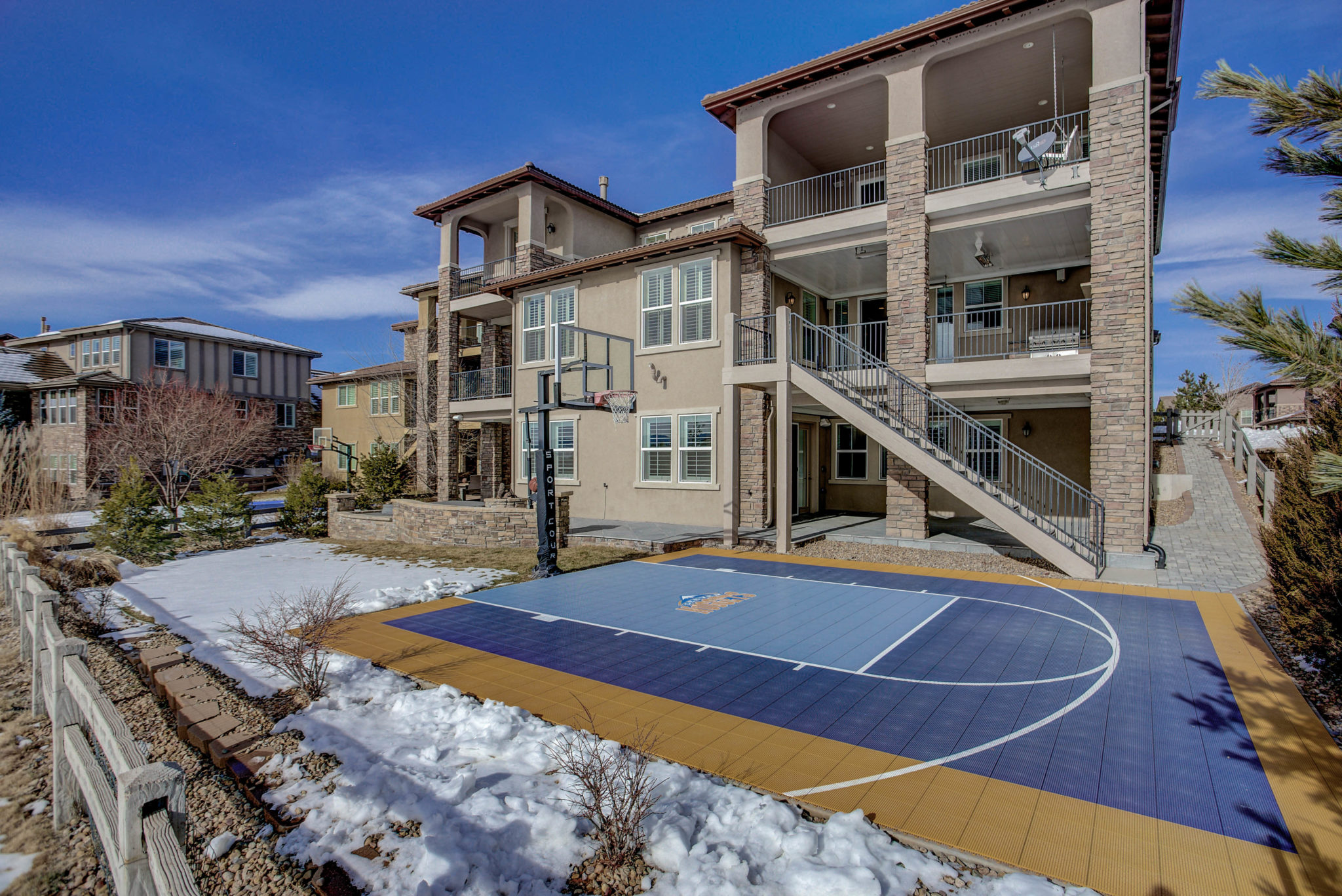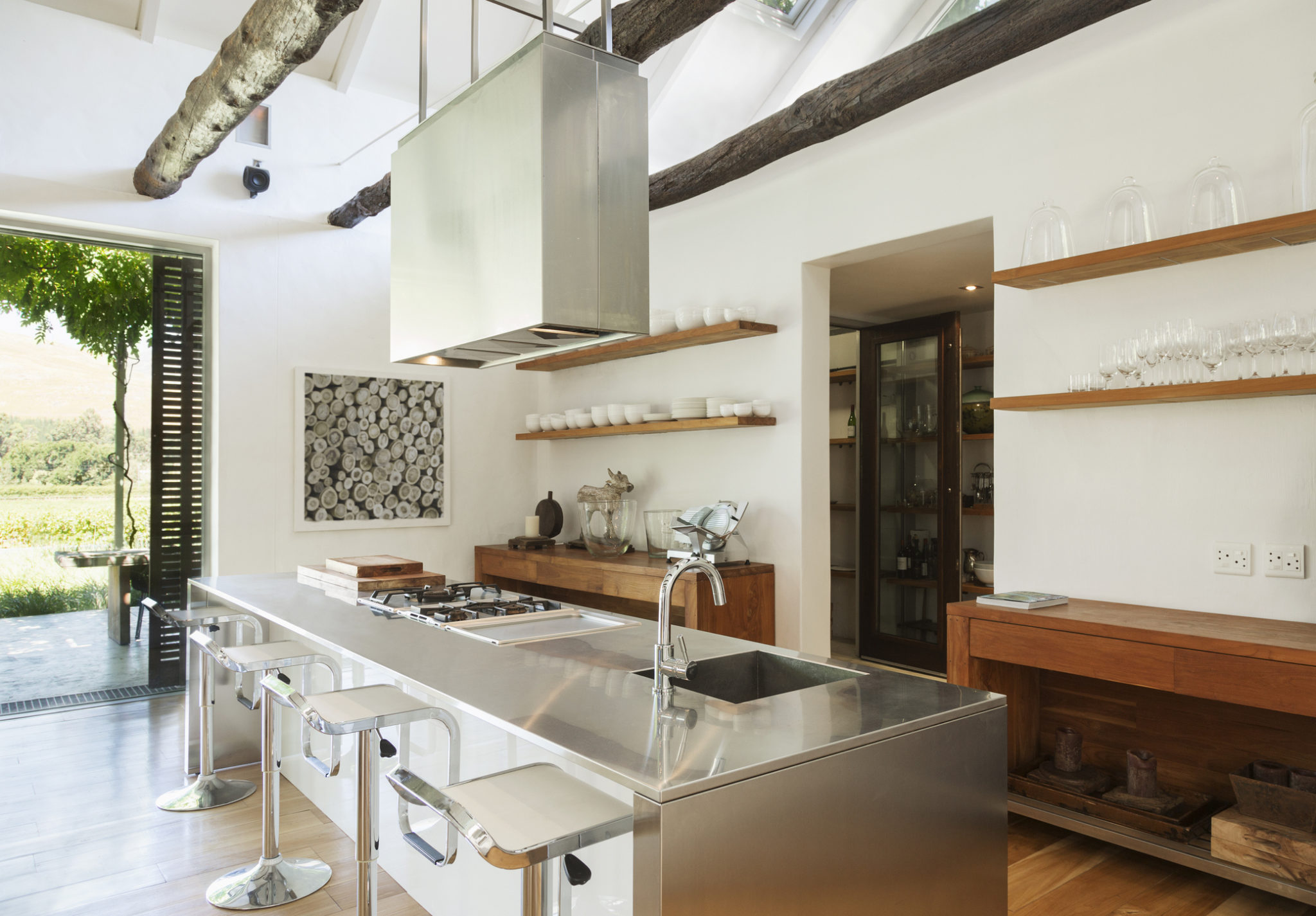If you live in Hawaii, there are no extreme measures required for survival, such as bulky clothing or shoveling snow away from your walkway so you can get out the front door. Food grows all year round with little or no help. You don’t have to run the AC all day to avoid being overcome by high temperatures… Simply put, it is paradise as far as a human’s physical comfort is concerned. But it is also an optimum climate for many pests, including termites that can destroy buildings in short order. And elements like wind and sun increase the maintenance required for a home on the islands. Below are some of the more common challenges home owners face, and some tips on how to face those challenges.
Raise the Roof

There are various factors to consider when installing a new roof, including style of the home, but one of the most important determinants is the type of maintenance required. What are you comfortable doing to maintain your roof? Fiberglass-asphalt shingles can last 25 years, but excessive sun can warp, split and weaken them. They require regular inspection and should be replaced as necessary. Concrete roof tiles are more expensive, but they transfer less heat and withstand wind and rain better. However, depending on your location, they may require frequent power washing to remove moss and mildew. If you want to collect rain water, aluminum-zinc roofs may not be the most stylish, but they are lightweight and durable. With all the sun available on the island, you might consider a new technology, a roof with invisible power. Tesla/SolarCity is in the process of developing glass roof tiles that look like regular tiles from the ground, but provide solar power to your home. They can even be equipped with a powerwall box developed by Tesla that will store excess solar energy collected during the day for use at night. More information will become available in the coming months.
Air it Out

One of the great features of the islands is that it never gets too hot, allowing us take advantage of natural air conditioning. With all that air, however, comes humidity, which can cause mold and mildew, especially on wood cabinets and in bathrooms.
Open windows and doors to let the breeze into your home, which will help maintain an optimum temperature and reduce humidity levels. Raised floors, floor and ceiling vents, jalousies with hoods, and careful placement of windows and doors to create low-pressure areas will increase cool breezes inside the home. This will reduce energy costs, keep the home aired out, and reduce the chances of mildew build-up. Fans and dehumidifiers also help improve airflow and keep moisture levels down.
Breezes are great, but too much wind can damage your home. Correct spacing of hurricane clips, appropriate sizing of overhangs, and tree-pruning will help homes weather strong winds.
Don’t Get Rusty
Metal-based products including screws, bolts, and nails exposed to wet winds and salt spray are susceptible to rust. Use stainless steel as much as possible. Avoid contact between dissimilar metals, as this is a breeding ground for corrosion. Consider using corrosion-resistant vinyl instead of aluminum windows. Pressure wash each spring to remove salt and dust accumulations that cause rust.
Be on Your Pest Behavior

Regular pest inspections are a must on the islands, particularly as there are several species of termites in Hawaii. Tricks for minimizing the chance of infestation include covering attic vents with a screen, turning down lights during early evening swarming time, placing a pan of water under the lights (termites fly into the reflection and get caught in the water), and keeping the slab of your home free of excess moisture and mud. Carefully inspect all new cabinets, shelves and furniture as they enter your home.
The species that causes the most damage is the Formosan subterranean termite. Formosans are probably the worst pest in the state, running rampant throughout the islands for generations. They build mud tubes along boards, wall spaces and between the ground and structure. In addition to the visible mud tubes, look for paint blisters, roof leaks, door sags and electrical problems when checking for Formosans. They prefer softer areas and follow the grain, leaving behind wooden skeletons. Formosans require contact with soil, so homes built into hillsides are particularly at risk; treating those infestations can cost $50,000 to $60,000. Be sure any soil brought onto the property has been treated, as this is a common way for infestations to spread. Double walls give termites places to hide, and homes built on slab foundations provide easier access. Single-walled homes with redwood construction raised on concrete blocks provide better protection against the Formosan termite.
Another common termite is the West Indian Drywood termite, which generally feeds on wood with a low moisture content and no decay. They do not require contact with the soil. This makes them a particular threat to furniture and fences, and an infestation can be introduced to a home by a piece of furniture. Small swarming flights can occur year-round in Hawaii, often after rain storms. The winged adults are dark brown and about half an inch long. They excrete frass, sand-sized droppings, outside the wood in piles, as well as inside the damaged area. They then close up their holes, eating in any direction in the wood. Unless the termites have been in the wood for many years, the damage will look smooth. Generally, the soft, white nymphs are hidden in the galleries. To get rid of them, you must locate and destroy the nest.
The Bottom Line
The goal is to create a home environment that is comfortable for you, and as unhospitable as possible for pests. You also want to take advantage of the best attributes of the beautiful island weather, like cool breezes, while mitigating the more damaging features, like harsh winds and salt sprays.
Have you experienced any of these problems? Was there a remedy that worked well for you? Do you have a reliable handyperson, contractor, or pest control company you want to recommend? Please share in the comments below.







Leave A Comment